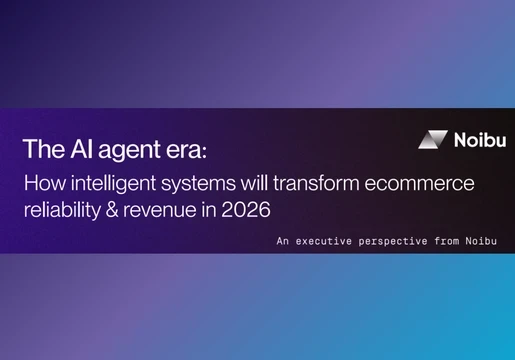The adoption of a multi-cloud strategy is becoming increasingly common within the enterprise. More than 65% of organisations currently operate within multi-cloud environments, with another 20% saying they are actively pursuing an additional platform for their cloud environment.
Additionally, over the next couple of years, Microsoft predicts that almost nine in 10 companies will increase spending on multicloud or hybrid cloud, and 95% say those technologies have already been critical to their success. For many organisations, the benefits of the cloud are clear as they pursue cost-effective and appropriate solutions for their specific workload requirements. They understand that cloud is a business enabler and recognise the competitive advantage it delivers as they look to scale quickly, reduce time to market and accelerate innovation.
But what’s behind the growth of multi-cloud? The strategy involves utilising multiple cloud service providers, strategically distributing workloads and applications across different platforms to harness the unique strengths and capabilities of each provider. The goal is to eliminate the reliance on a single provider, optimize costs, improve flexibility and leverage the capabilities of different cloud providers.
In this whitepaper, we look deeper into what makes multi-cloud a challenge – and how to make it work perfectly for you.








Comments ( 0 )